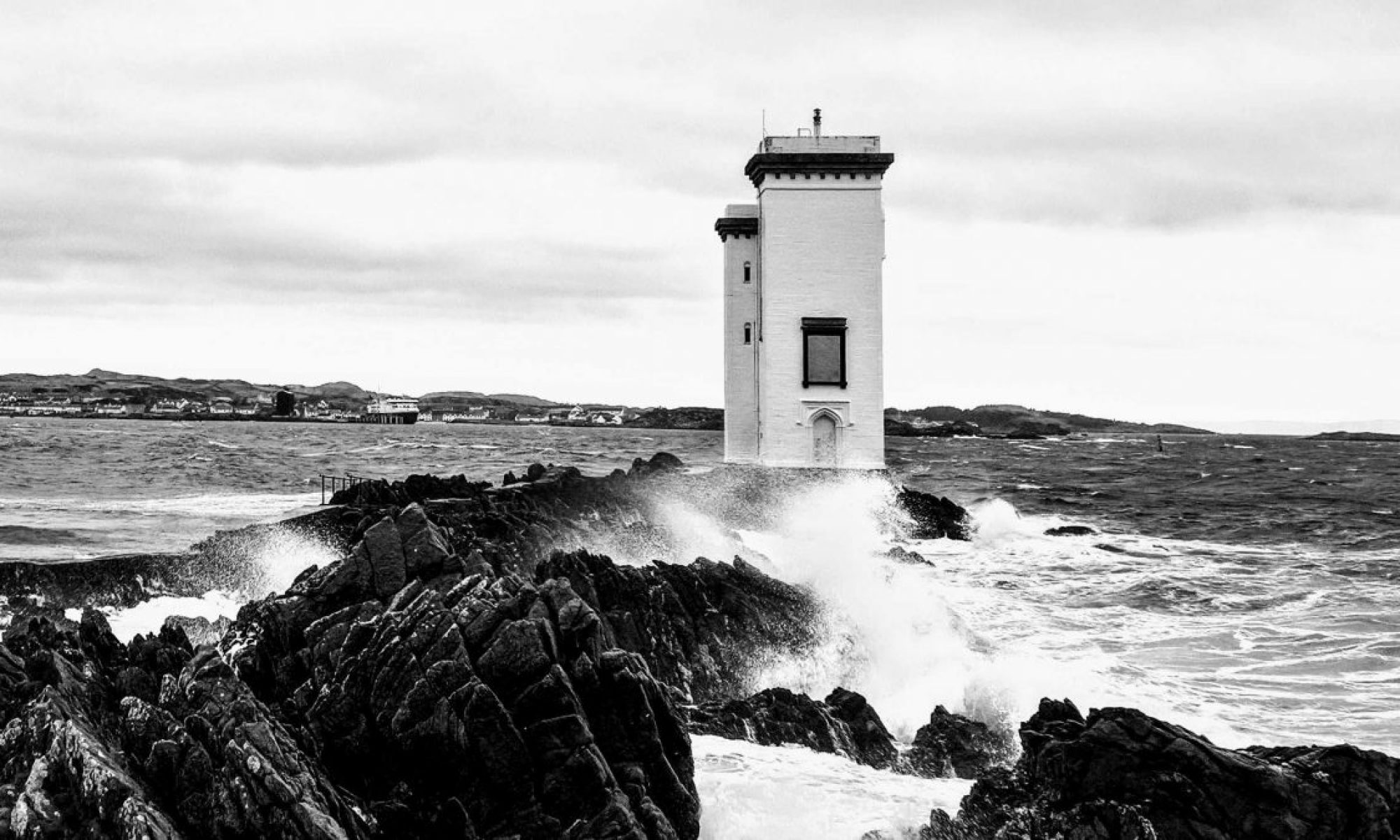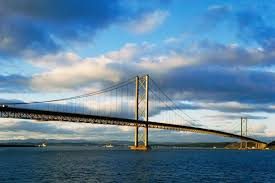 Every year Mrs Clark’s class take part in the Scottish Maths Challenge, a competition where you have to complete tricky maths problems that require you to think outside the box. It is a great way to improve your maths problem solving skills and learn to apply strategies to help you work out the answers. Children can opt to take part in the challenges, and there are three sets of questions over the year. One of the questions this year was:
Every year Mrs Clark’s class take part in the Scottish Maths Challenge, a competition where you have to complete tricky maths problems that require you to think outside the box. It is a great way to improve your maths problem solving skills and learn to apply strategies to help you work out the answers. Children can opt to take part in the challenges, and there are three sets of questions over the year. One of the questions this year was:
Colin and Tom are on a camping holiday and, at their campsite, they make friends with Fiona. They ask her when her birthday is but, being a bit of a joker, Fiona tells them only that it is one of the following;
May 14, July 12, May 15, May 18, June 16, June 19, July 15, August 12, August 14, August 16.
She then tells Colin the month of her birthday, but not the day in the month, whilst she tells Tom the day in the month, but not the month.
Immediately, Colin Declares “Well Tom certainly cannot know for sure when Fiona’s birthday is.”
to which Tom replies “Ah, but now I do.” “And now I know when it is as well,” comes back Colin.
When is Fiona’s birthday? Explain your reasoning.
Quite tricky!
The children who took part have been very successful and should be proud of their perseverance and skills. Ellie and Matthew have achieved a bronze medal and Eva, Ruaraidh, Rowan, Rebecca and Kaitlyn achieved a silver medal in the competition. Kaitlyn and Rebecca missed out on the gold by one point! Well done everyone.


 Today Ellie, Kaitlyn and Sarah found out about the Forth Road Bridge because their class are going to Stirling for an annual school trip and will be visiting the bridge. They will be visiting Bannockburn, The Forth Road Bridge, Stirling castle and Stirling university.
Today Ellie, Kaitlyn and Sarah found out about the Forth Road Bridge because their class are going to Stirling for an annual school trip and will be visiting the bridge. They will be visiting Bannockburn, The Forth Road Bridge, Stirling castle and Stirling university.

